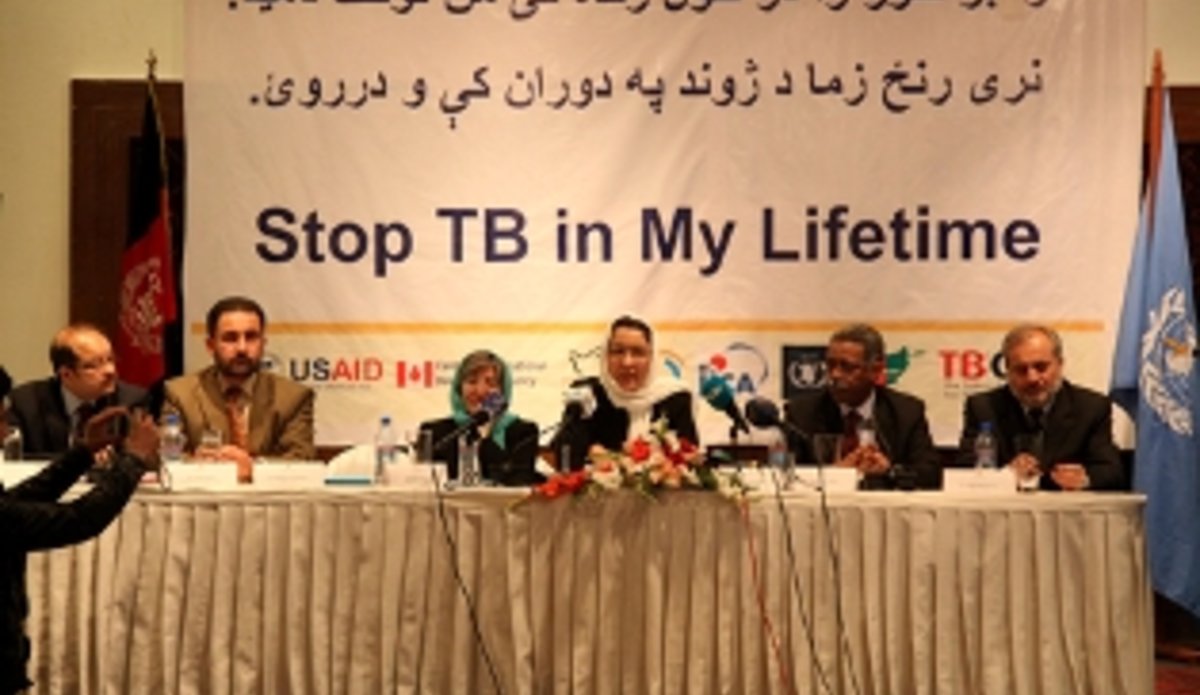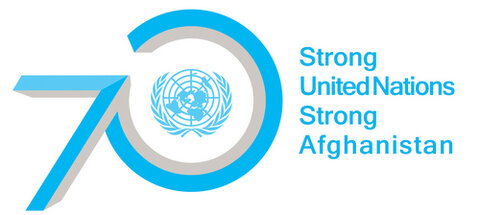Health Authorities Call for Continued TB Support
KABUL - WHO and the Afghanistan Stop TB Partnership suggested an urgent need for studies to explore why Afghanistan is the world’s only country with higher rates of tuberculosis (TB) among women than among men. About 66% of new cases are women. That was one of the key messages at the “Stop TB In My Lifetime” conference held today in Kabul to mark World Tuberculosis Day.
The conference brought together some of the country’s leading health officials, including the Dr. Surya Dalil, the Minister of Public Health, Dr. Sima Samar, the chair of the Stop TB Partnership and Dr. Ahmed Farah Shadoul, the WHO Representative. These experts discussed the scale of Afghanistan’s TB problem and their strategy for arresting its spread. They also stressed the need for continued support for Afghans suffering from TB.
“We know that with the right interventions, we can make a major difference. We know how to end all forms of TB, including multi-drug resistant TB,” said Dr. Ahmed Shadoul. “Where we have taken strong and proven measures, the number of people getting severely ill from TB symptoms due to their neglect has declined markedly.”
Despite years of efforts to eradicate tuberculosis, Afghanistan remains the country with the 22nd highest burden for that preventable disease. While official national figures under-represent the scale of the problem, the WHO believes that each year nearly 53,000 Afghans contract the disease. Many of these cases are found in the south of the country. About 10,500 Afghans die from tuberculosis each year, a rate of about 38 people per 100,000.
Official figures suggest about 650 Afghan children died last year from tuberculosis, of which two thirds were girls. Indeed, the WHO believes that owing to misdiagnosis – symptoms in children differ from those in adults -- nearly 10% of cases in Afghanistan are of children. This is another alarming figure that is out of step with the experiences of many tuberculosis-afflicted countries.
“We can guess at the reasons for the high rates of TB among women in Afghanistan, including early or underage marriage, successive births, anemia, malnutrition, tough physical labor, working in smoky conditions, financial concerns, and lack of access to health care,” said Dr. Dalil.
Despite these alarming figures, speakers spoke of some progress in combatting TB. The percentage of the country’s population with access to the Directly Observed Treatment Short Course (DOTS) has increased since 2002 from 14% to 97%. The number of health facilities applying DOTS has also increased, from 10 in 2000 to nearly 1200 in 2011. A second national strategic plan has also been extended until 2013.
The “Stop TB In My Lifetime” campaign is an ongoing effort led by the WHO to highlight the negative effects of TB on children.
 UN
UN






